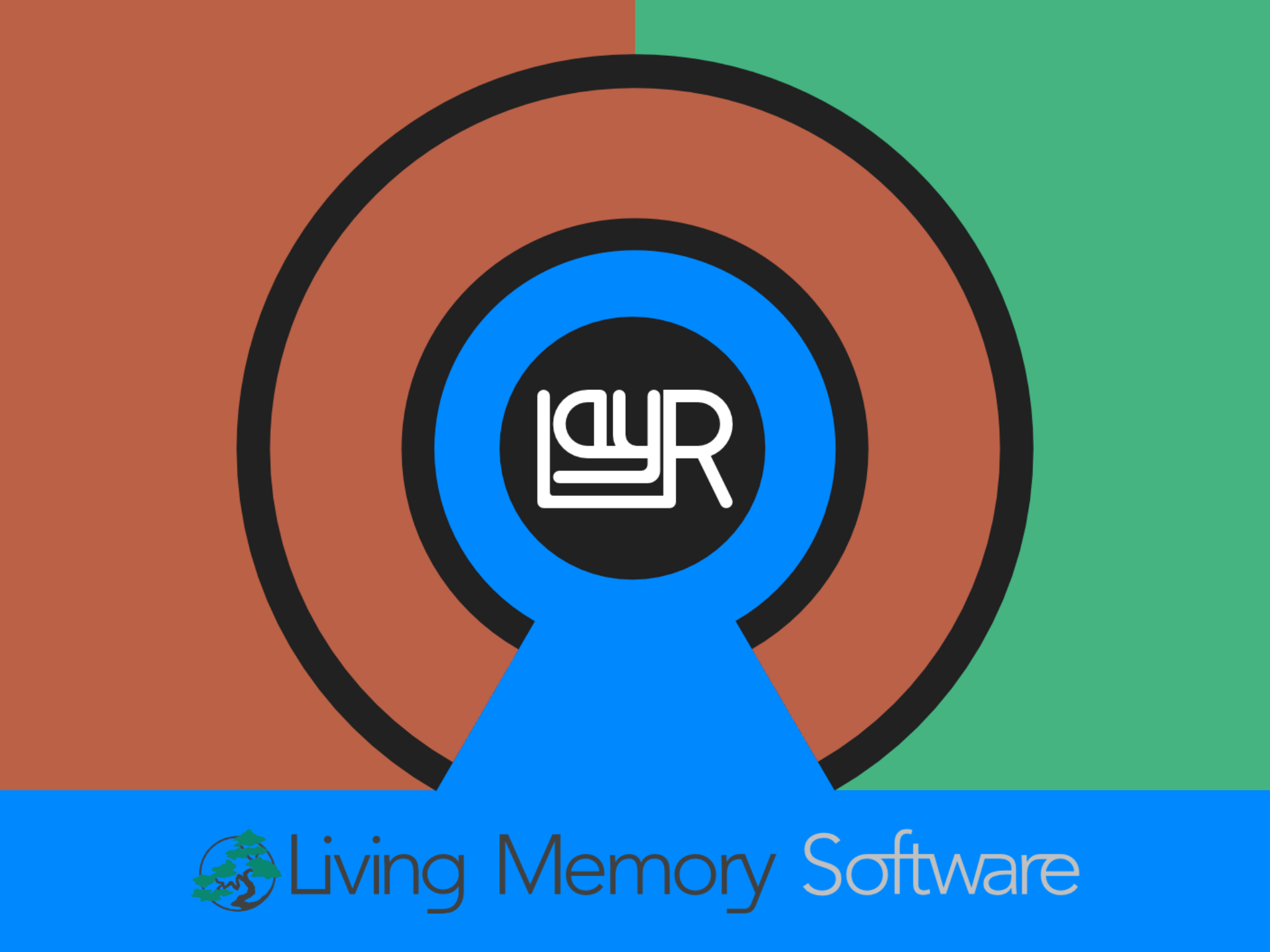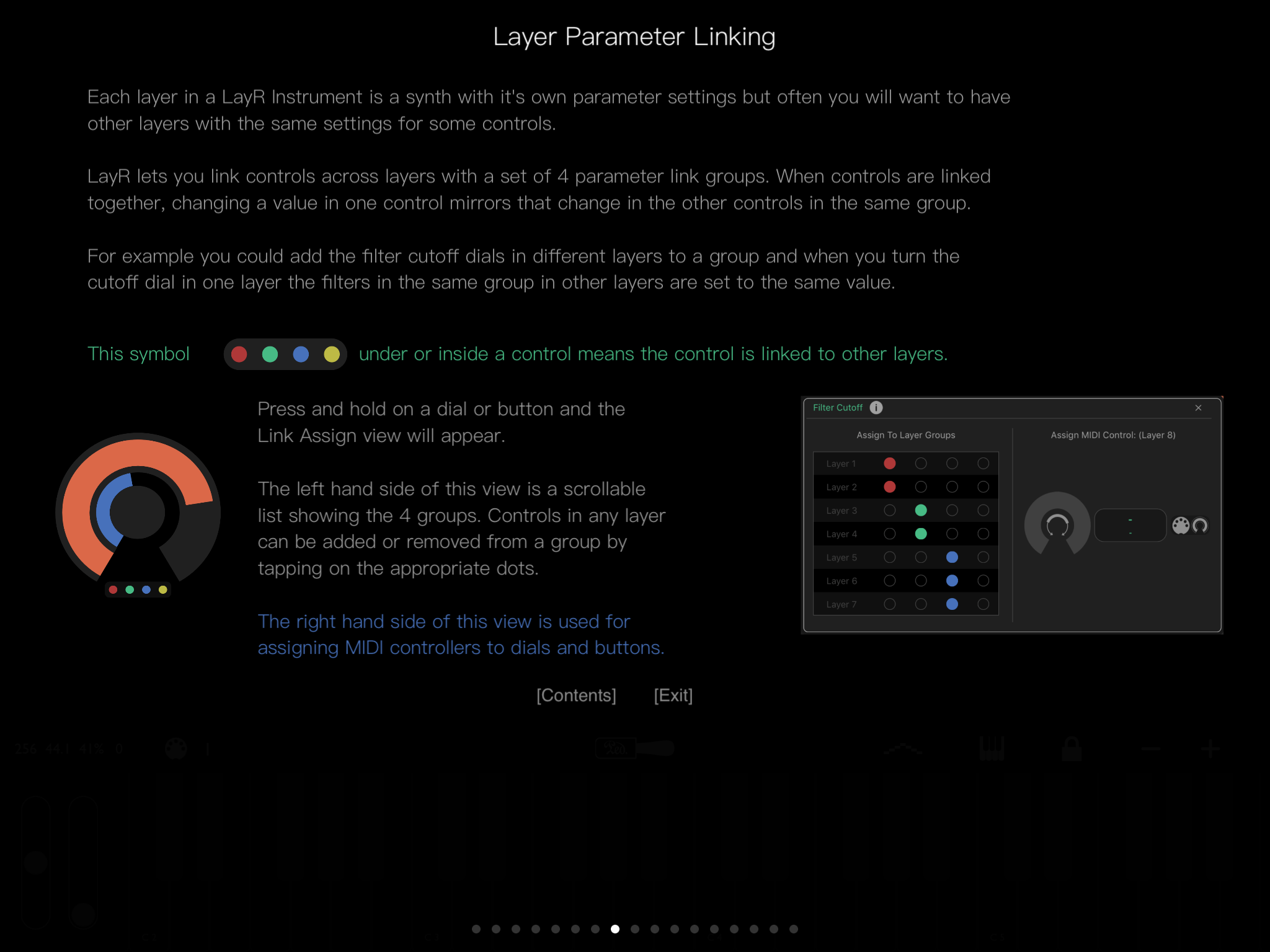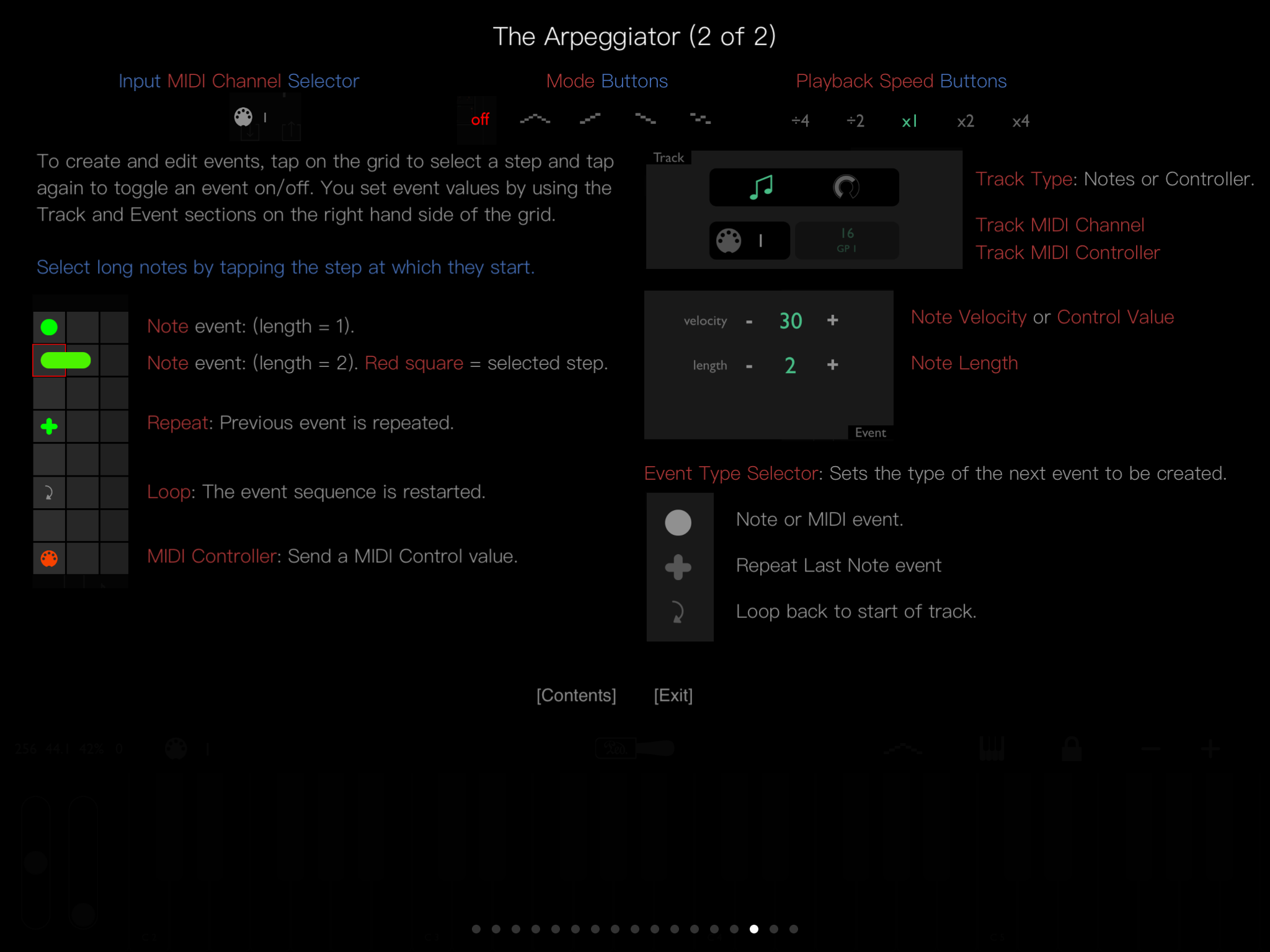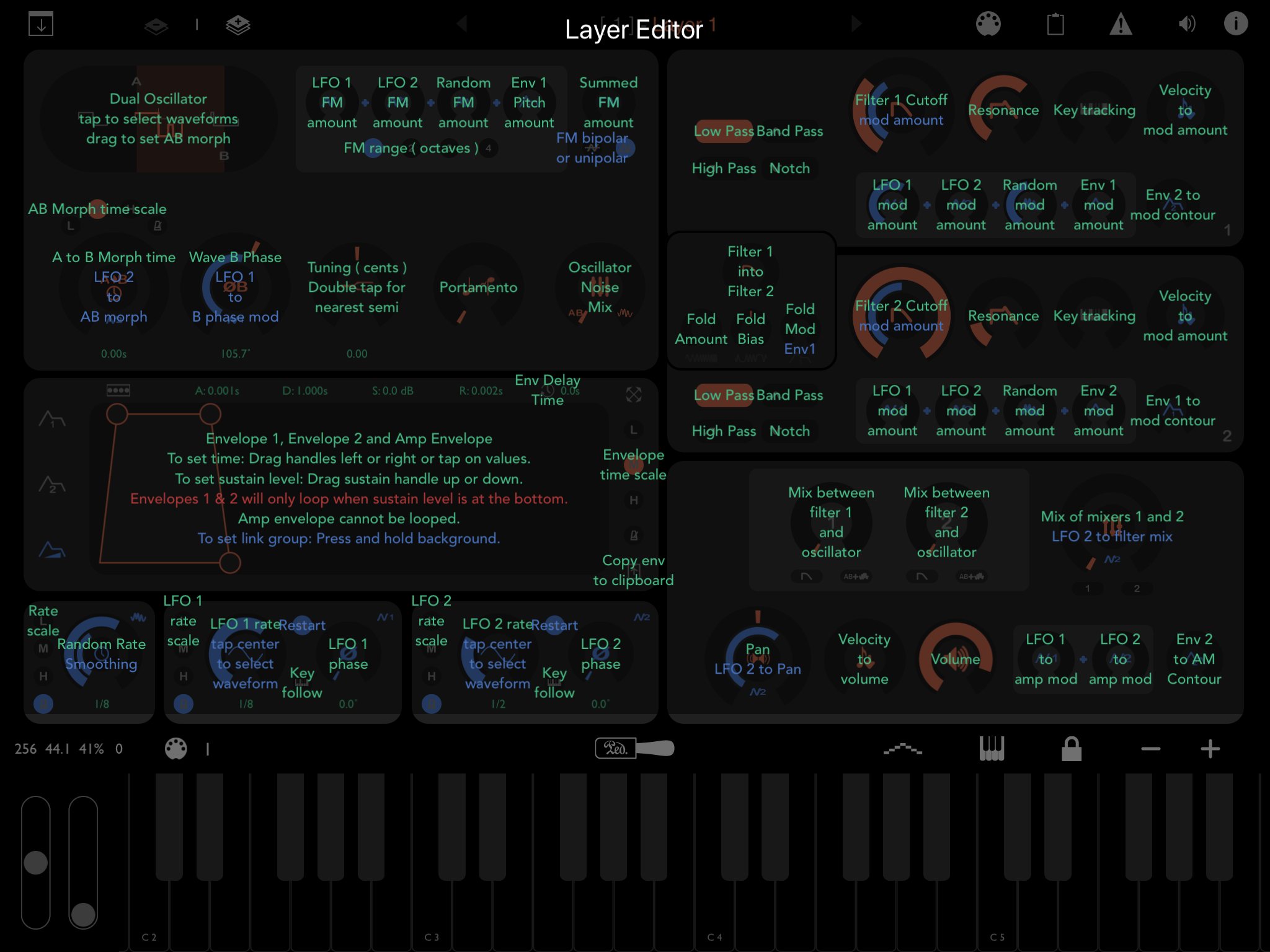Mobile music creation system. By Steinberg.
Available from iTunes App Store. Universal app for iPad and iPhone.
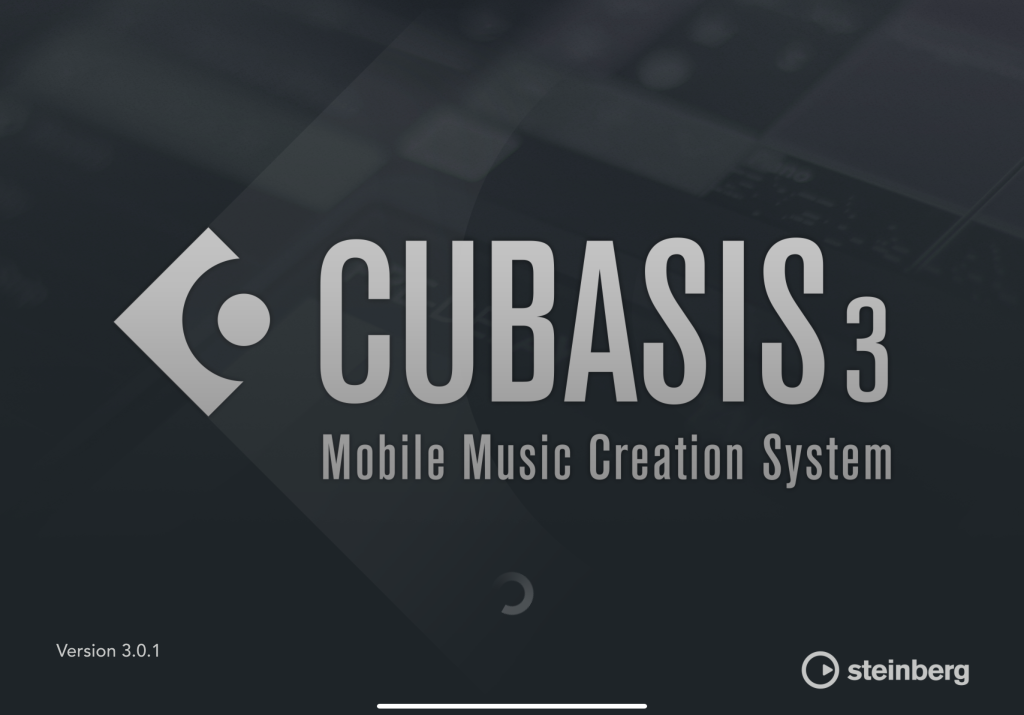
There are currently several excellent DAWs for iOS to choose from and for many, picking the right one for their needs can be quite difficult. Everybody has their favorite and will swear the DAW they prefer is the best for you. But is it? I would submit that Cubasis 3 is the best choice of those available for just about any production type. It has a very friendly user interface, full automation, strong midi control-excellent for working with audio- and is very stable. For a tracking type like me, I consider Cubasis 3 to be the best for my needs. By the end of this review I hope to have helped you make up your mind.

There is more than enough room for as many audio or midi tracks as you could ever possibly need as it is billed as unlimited! However your device CPU is not unlimited, so eventually your iPad or iPhone will protest when you add more tracks and actions (like automations or FX) than the device can actually handle. Every track has controls for its level and panning, routing audio or midi, to do your channel selections, place insert and send FX. Assign Inter-App Audio instrument, or audio unit and complete whatever track automations you need. Take notes and make color changes too. No convoluted menus to thumb through, just a clean upfront way to work.
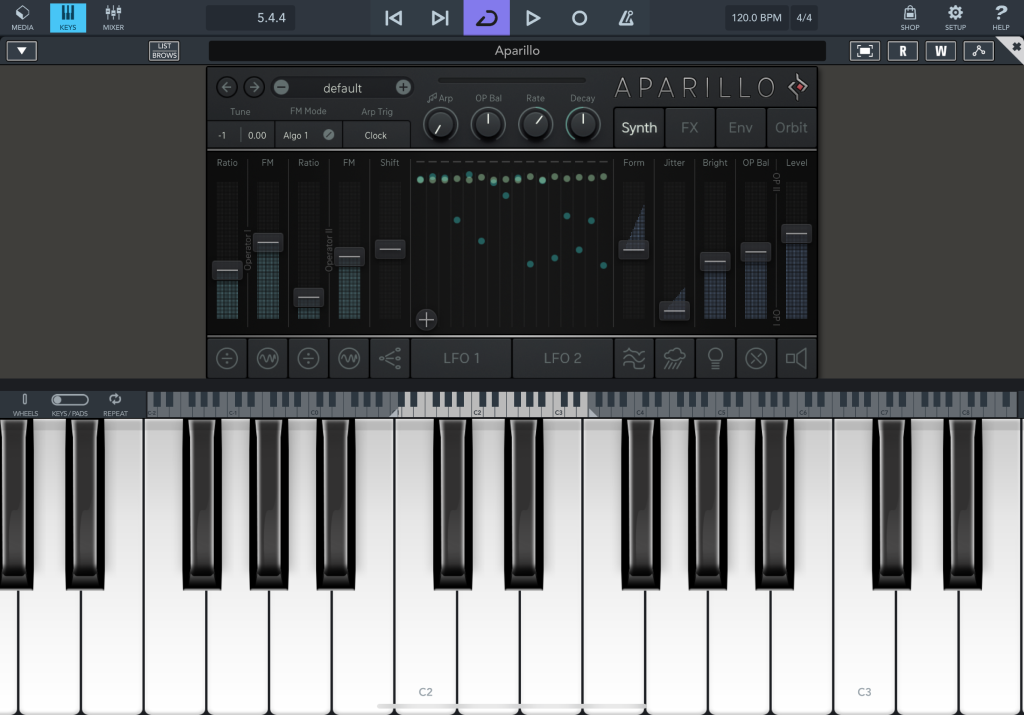
From a selected midi track, add your audio unit from the “Media” icon (top left corner), next select “Instruments”, then “Audio Units” to find your available Audio Unit apps. Double tap the desired unit and it’s plugged in and ready to go. You can view the select app small or large, with or without a keyboard. Full audio unit control on screen just like if you opened up the original app itself. Select routing from an audio or midi track to locate any Inter-App Audio options. This is, in my opinion, the simplest and cleanest way of routing IAA, Audio Units. Of course Audiobus 3 routes through Cubasis without any fuss. Not sure why I had to go through “Media” to get my Audio Unit or Audio Unit Midi to work right instead of through the track routing like IAAs but that seems to be what Cubasis 3 wants. I would like Audio Units to be chosen from the same place, but it doesn’t like it when I try that.
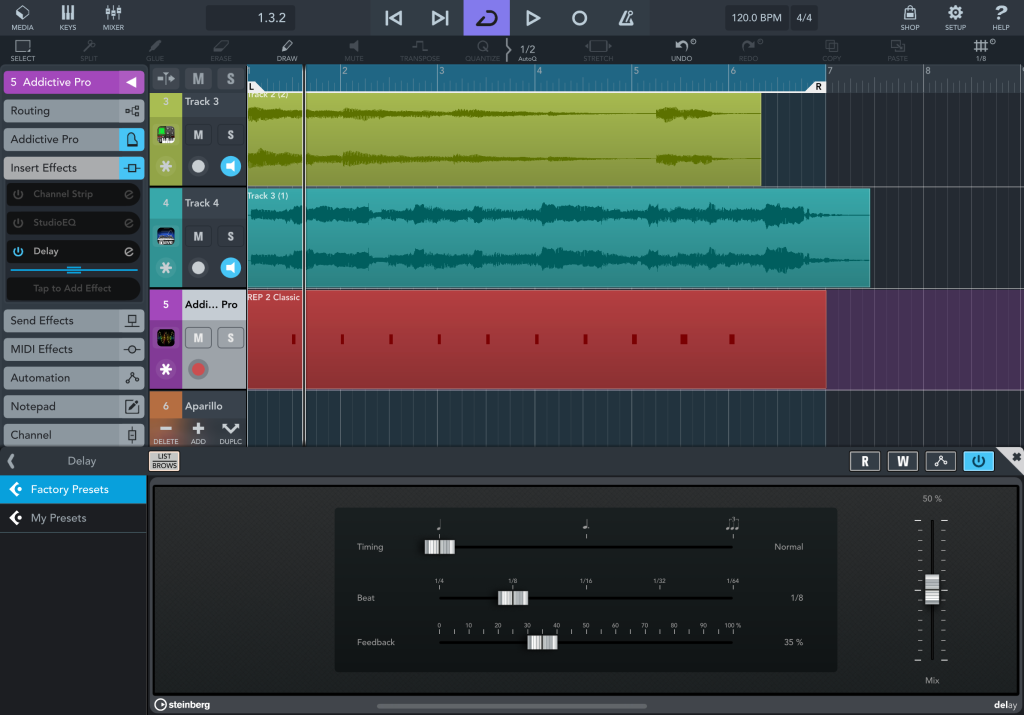
Cubasis 3 comes packed with a nice selection of onboard effects. They aren’t super high-end but do the job in most cases. If you want some better options you’ll have to purchase one or both FX pack add-ons. Those will be markedly improved options to have if you don’t use any 3rd party stand-alone Audio Unit or IAA effects apps for whatever reason.

I must say that despite my admittedly snobby POV regarding reverbs I was not disappointed with the FX pack 1 delays and reverbs pack. The RoomWorks SE reverb unit is especially nice and free when you register your copy of Cubasis 3 with Steinberg Media. I also find myself using the FX pack 2 a bunch. These are relatively inexpensive add-ons and are worth the buy. If you already bought them from Cubasis 2 then you do NOT need to re-purchase any IAPs. YAY!
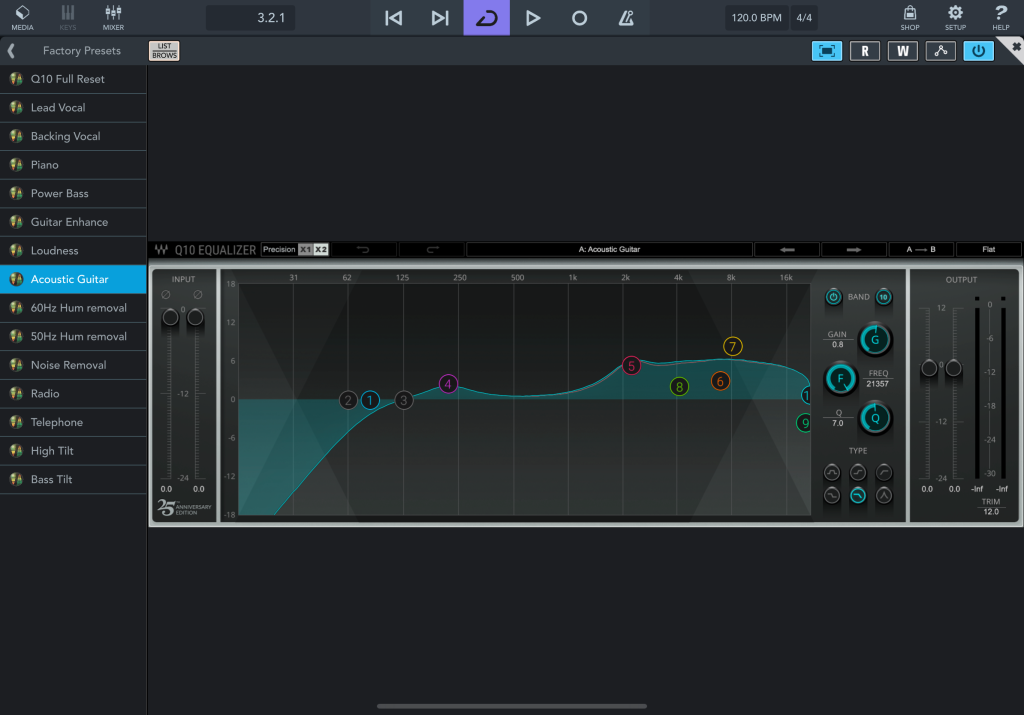
For a few more bucks each there’s the 3 “waves” plug-ins but it’s better to buy the pack of all 3 rather than one by one. These are essential for any mastering attempts. A 10 band EQ should be in everybody’s hands so seriously consider the “Waves” pack if for nothing but the Q10. The other two are a Compressor, and a Maximizer both of high quality. You get all 3 for $10 (USD) as a package deal or they are $8 each individually. All three should become a natural part of your workflow when putting the final touches on a project and are as good as any app or plug ins available on iOS today.
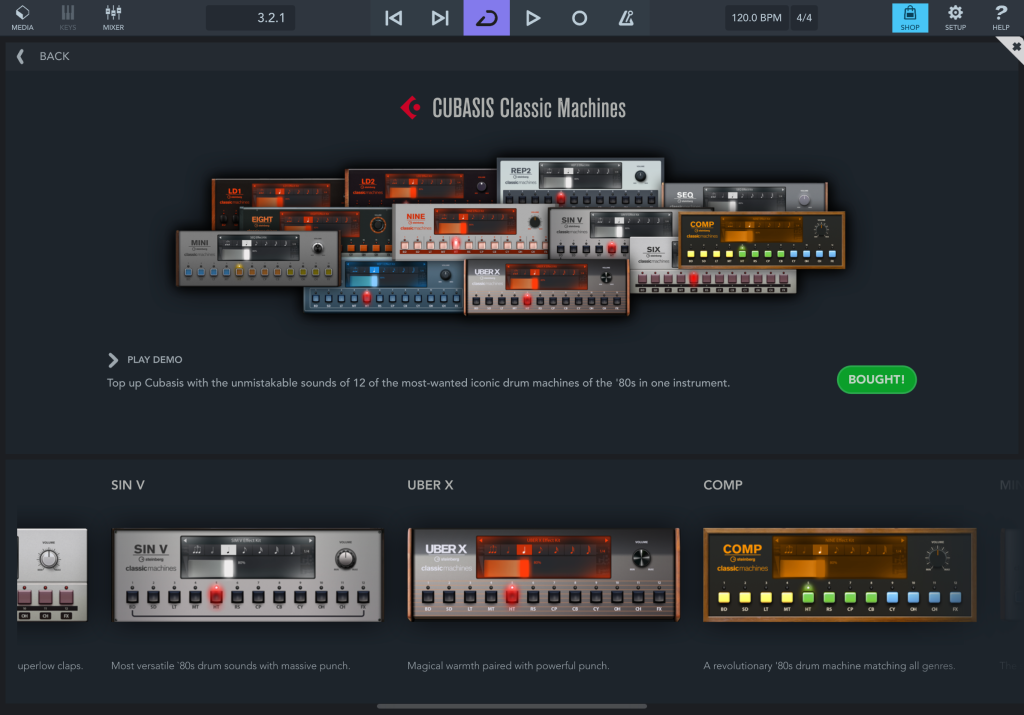
New for Cubasis 3 is the “Classic Machines” bundle of drum machines spanning the 1980s. 12 drum machines emulating the most iconic and familiar beat boxes like 808, 909 etc. Its a pretty cool set to have for a relatively tiny price. Another add-on for a small sum is the Arpeggiator for the included Micrologue synth. Honestly I feel like this should’ve been included with the base package but it’s not expensive and comes in handy more often than not.

Like I said before Cubasis 3 has the best user interface for my needs and probably most anybody else. Everything is just a tap away and nothing buried in some sub menu where logic defies looking for. With a feature rich menu of useful tools for practically any job, Cubasis 3 is loaded. There’s too much to list but rest assured Steinberg didn’t let anything important go unresolved.
A 32bit floating point audio engine that meets professional studio standards with precise audio and midi editing capabilities. Full screen channel strip mixer. Time stretching, pitch shifting and hundreds of included loops, a mini sampler for creating custom instruments, a built in Micrologue synthesizer with tons of presets and just a whole heck of a lot more. It’s worth the price of admission as is, but a steal if caught on sale. This is what an iOS DAW should be and can be. A real no-fuss work place to bring all your creative ideas to life just how you want them.
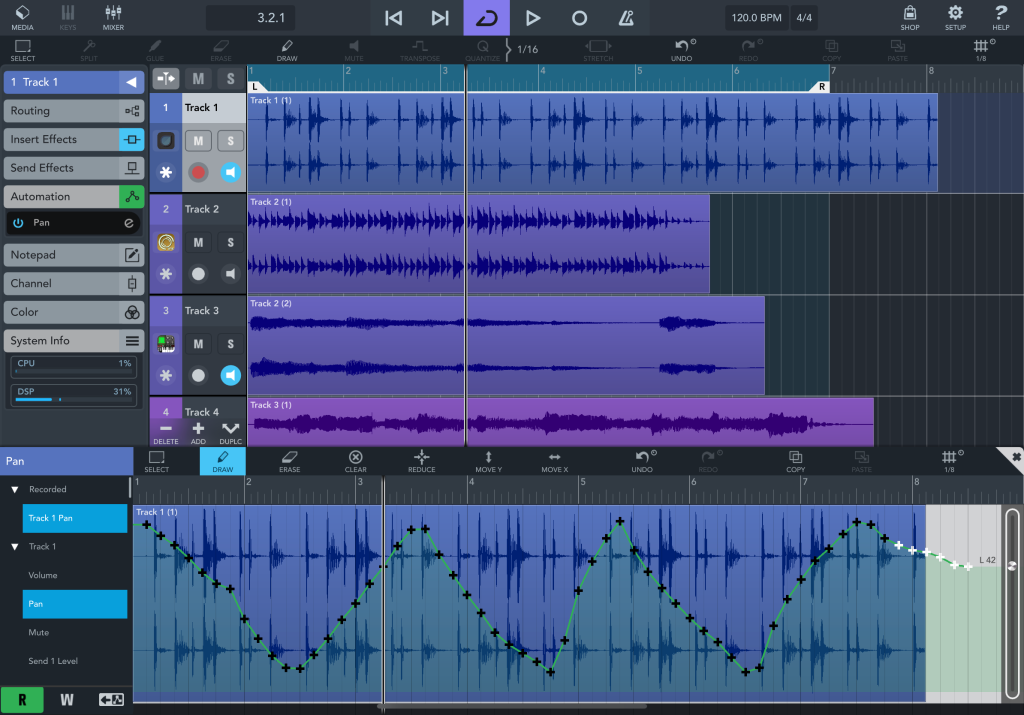
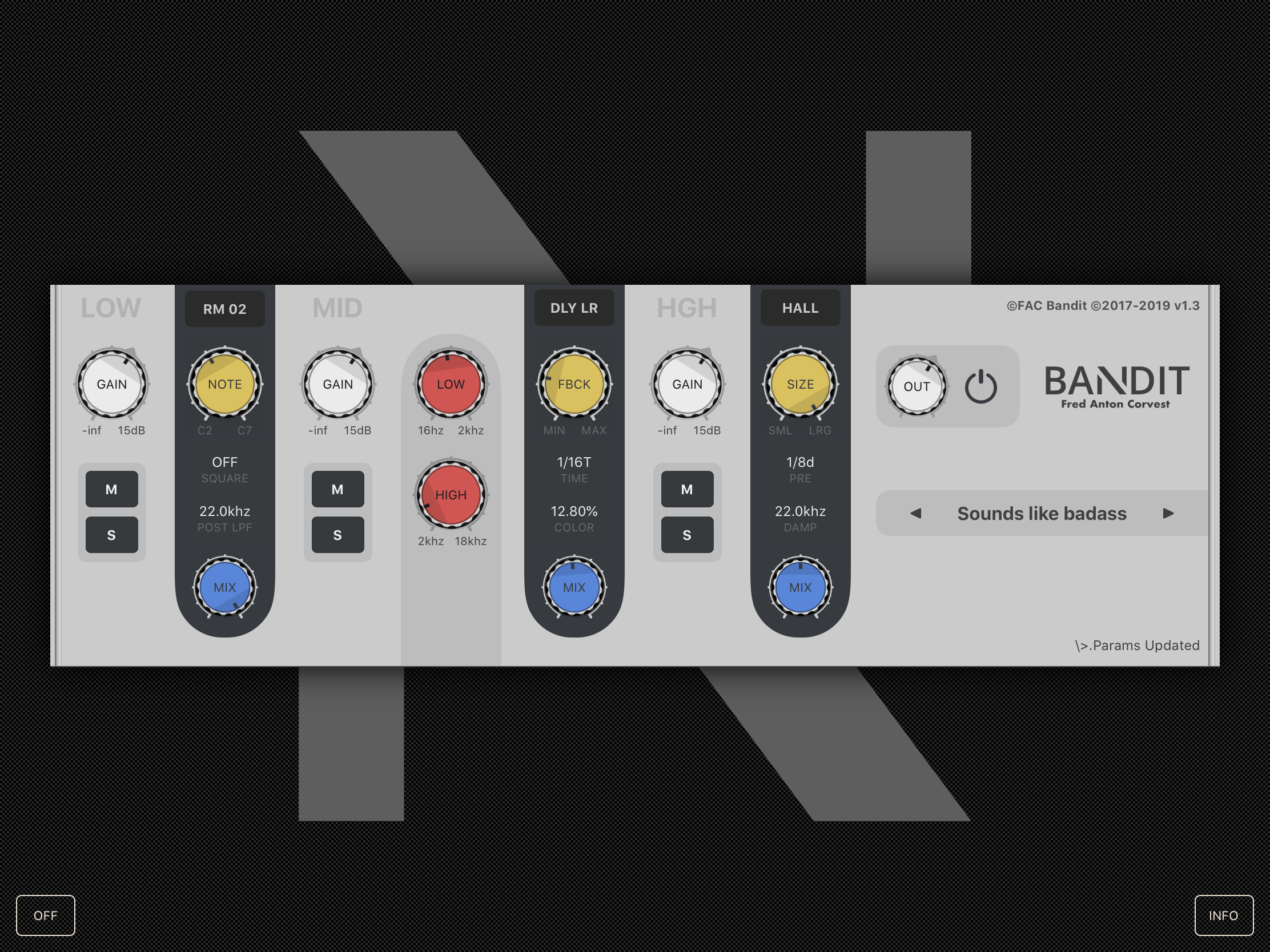




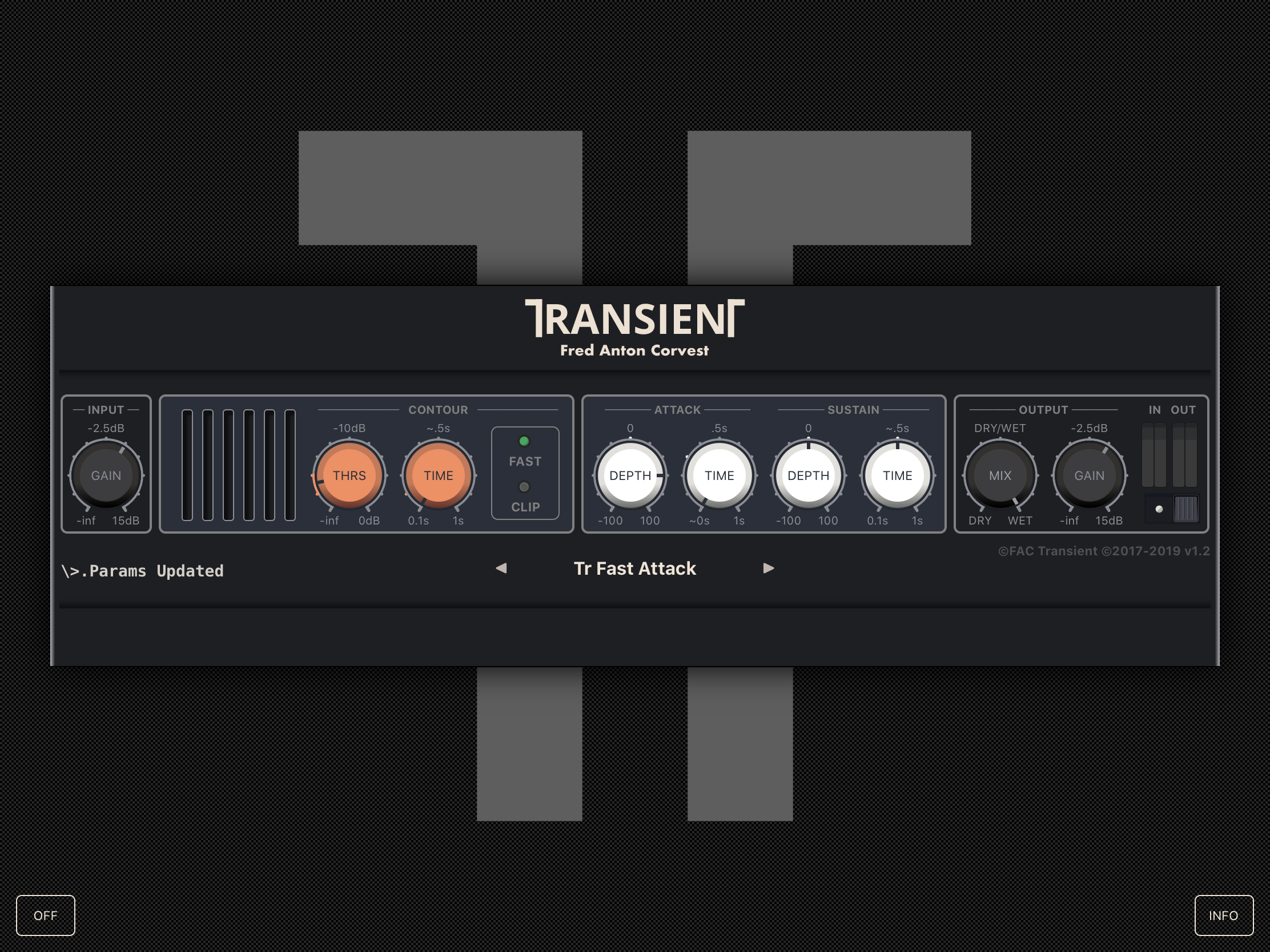

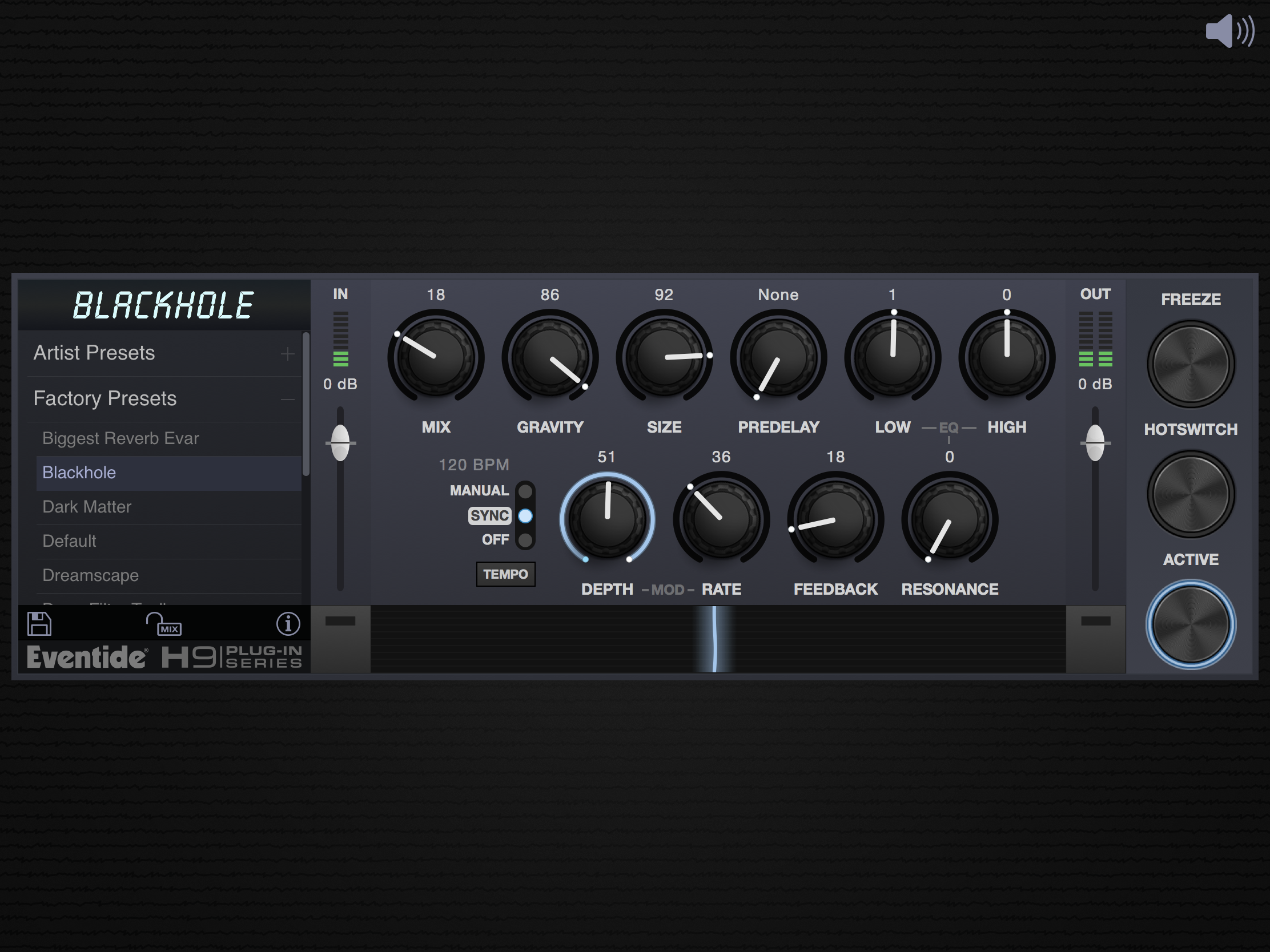
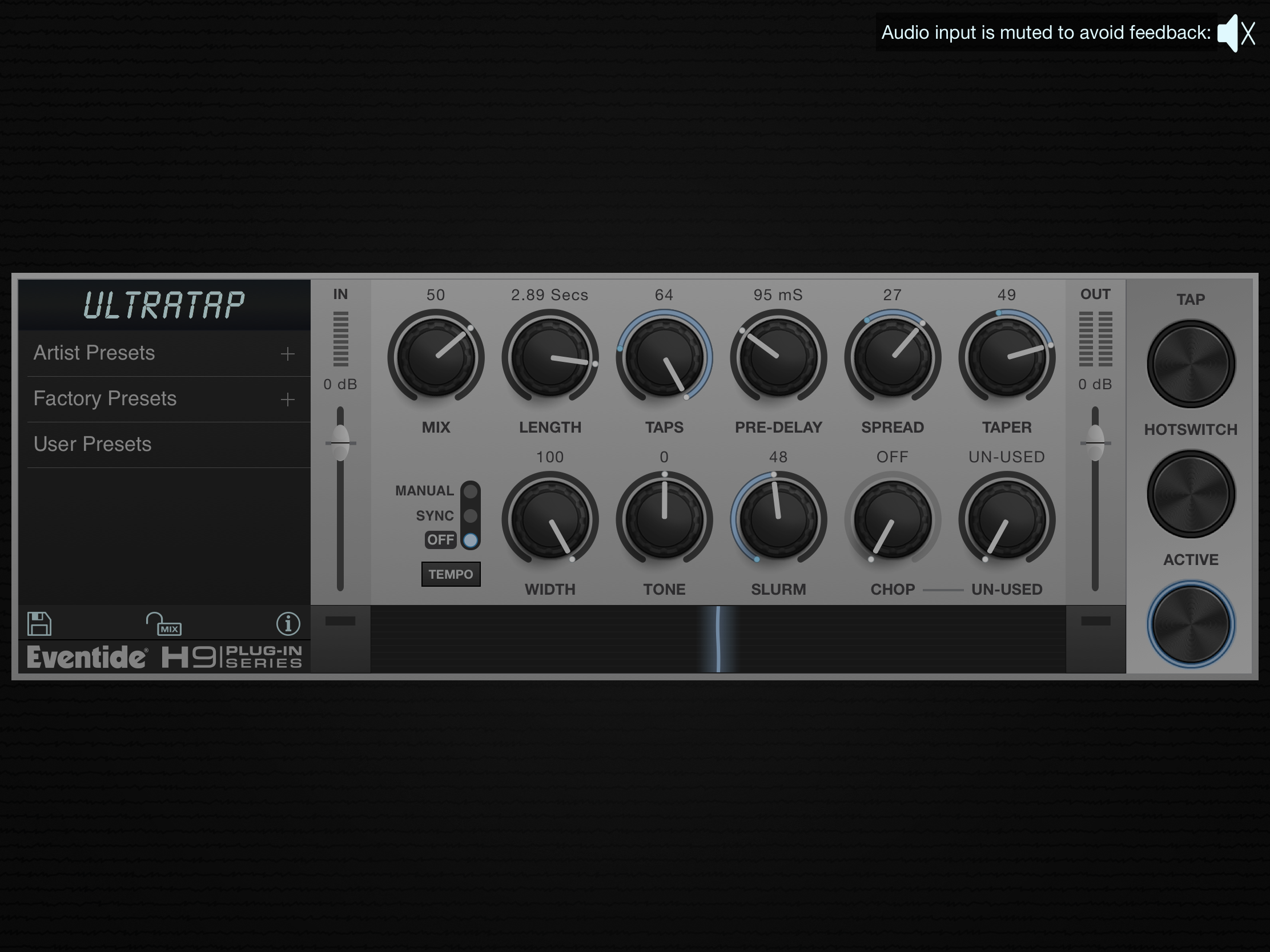
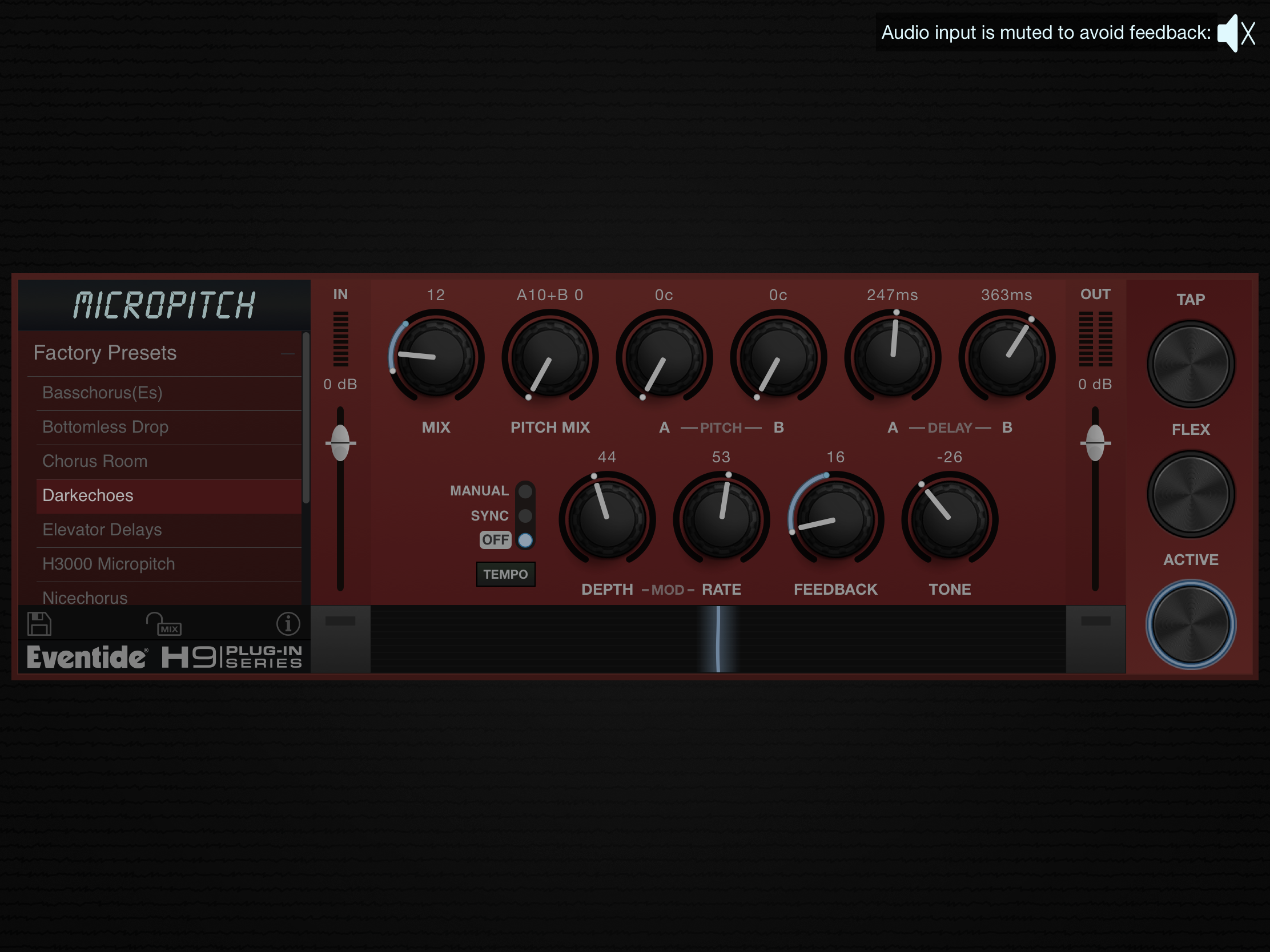
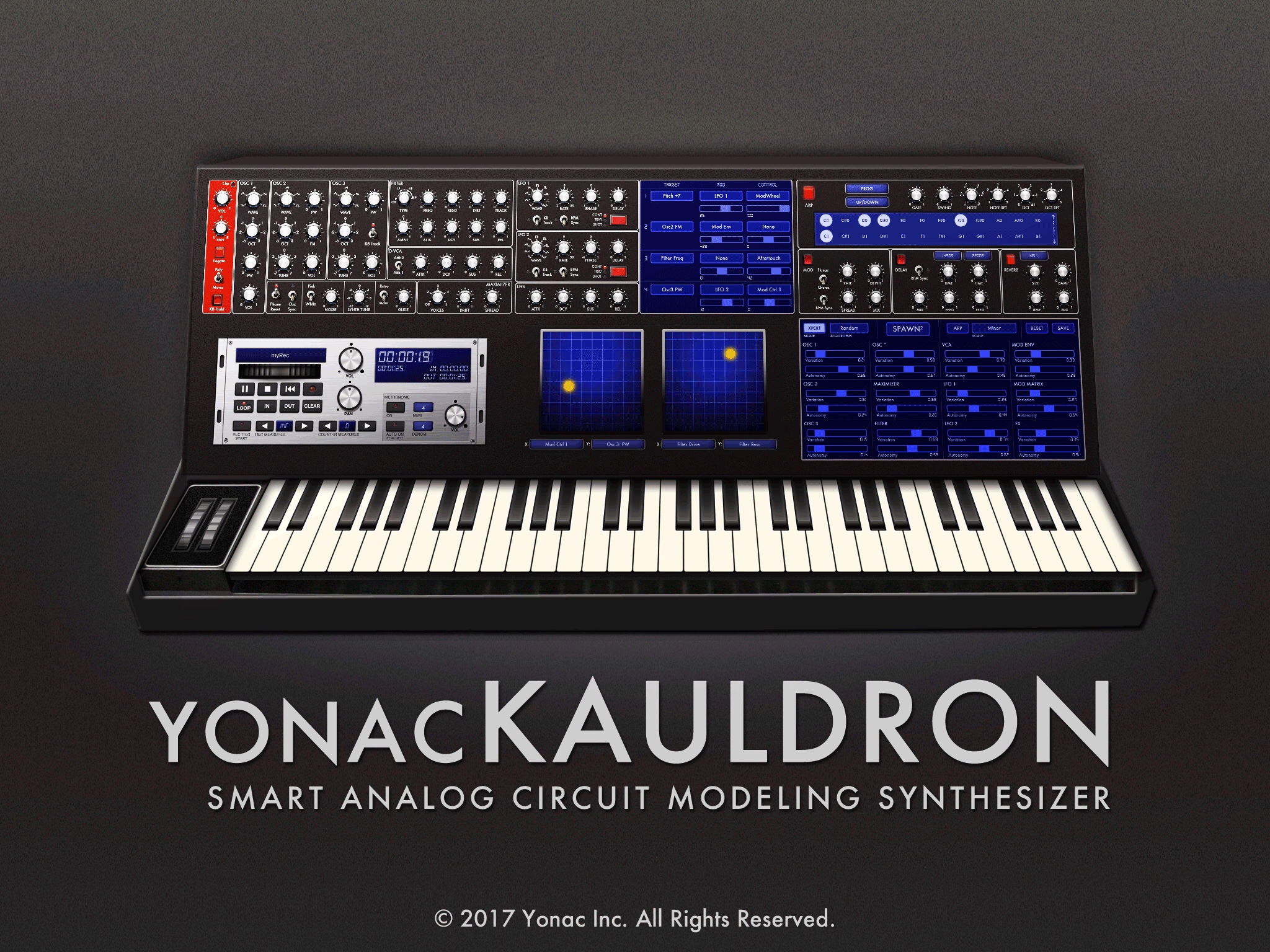
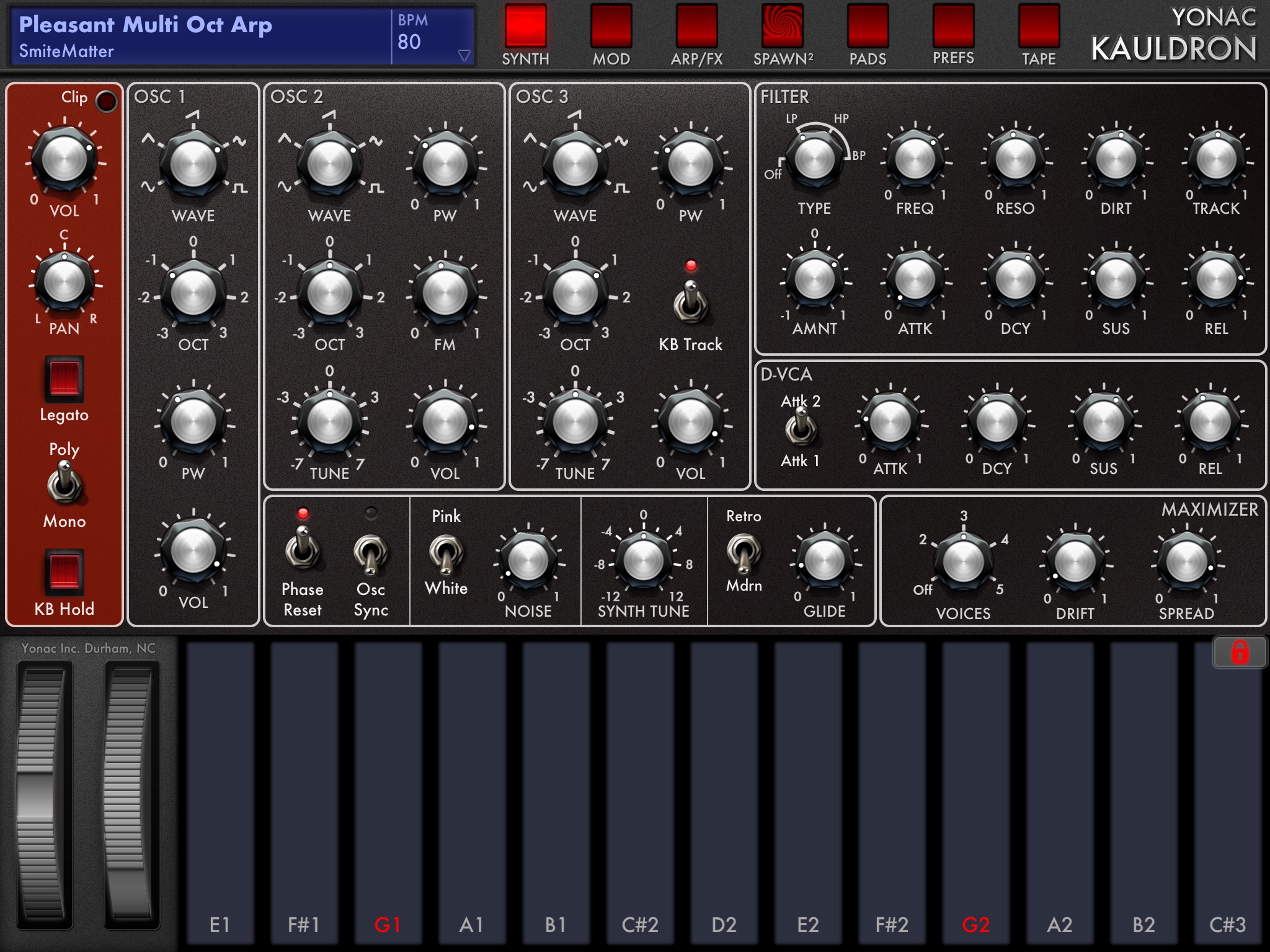
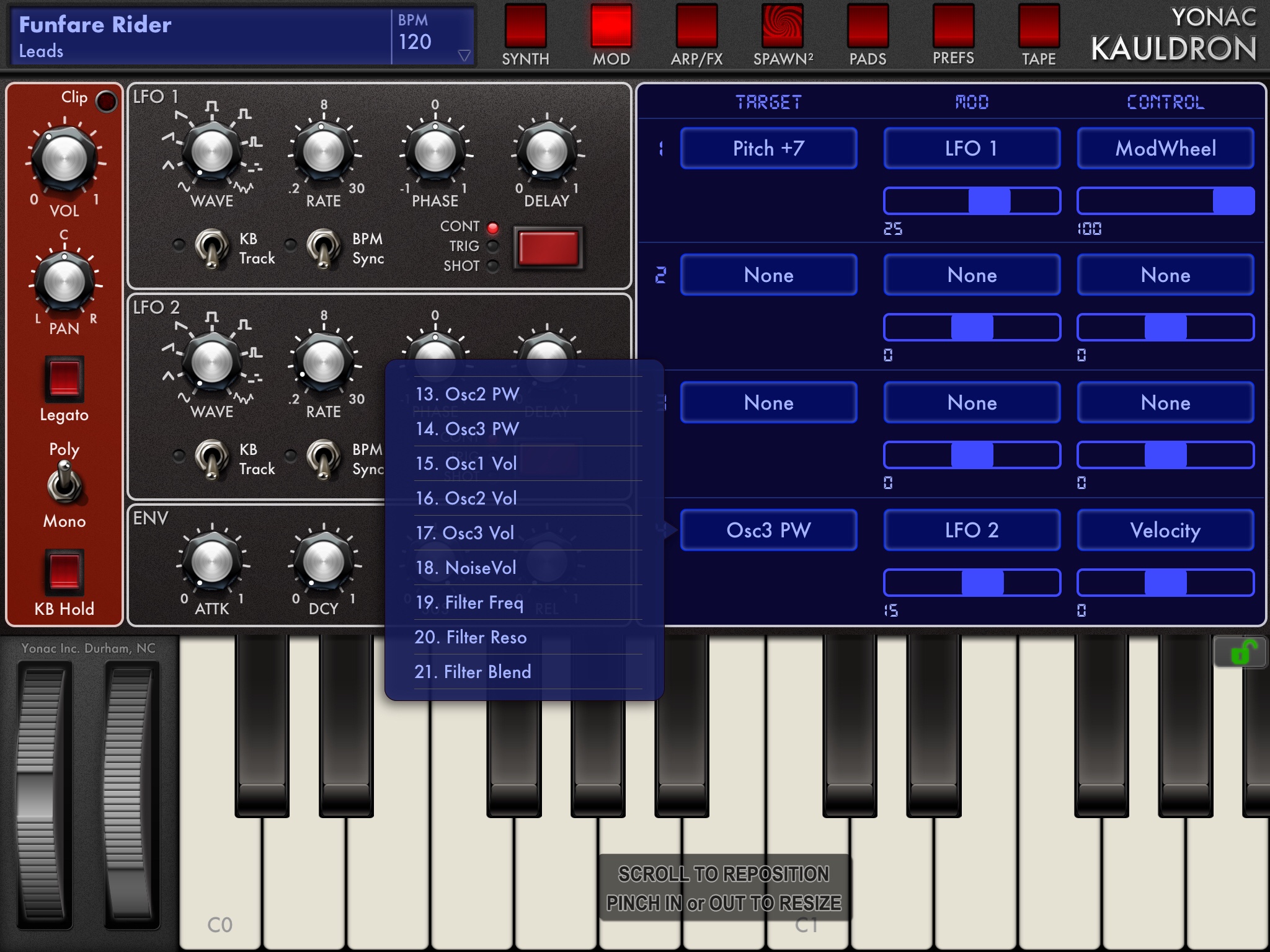
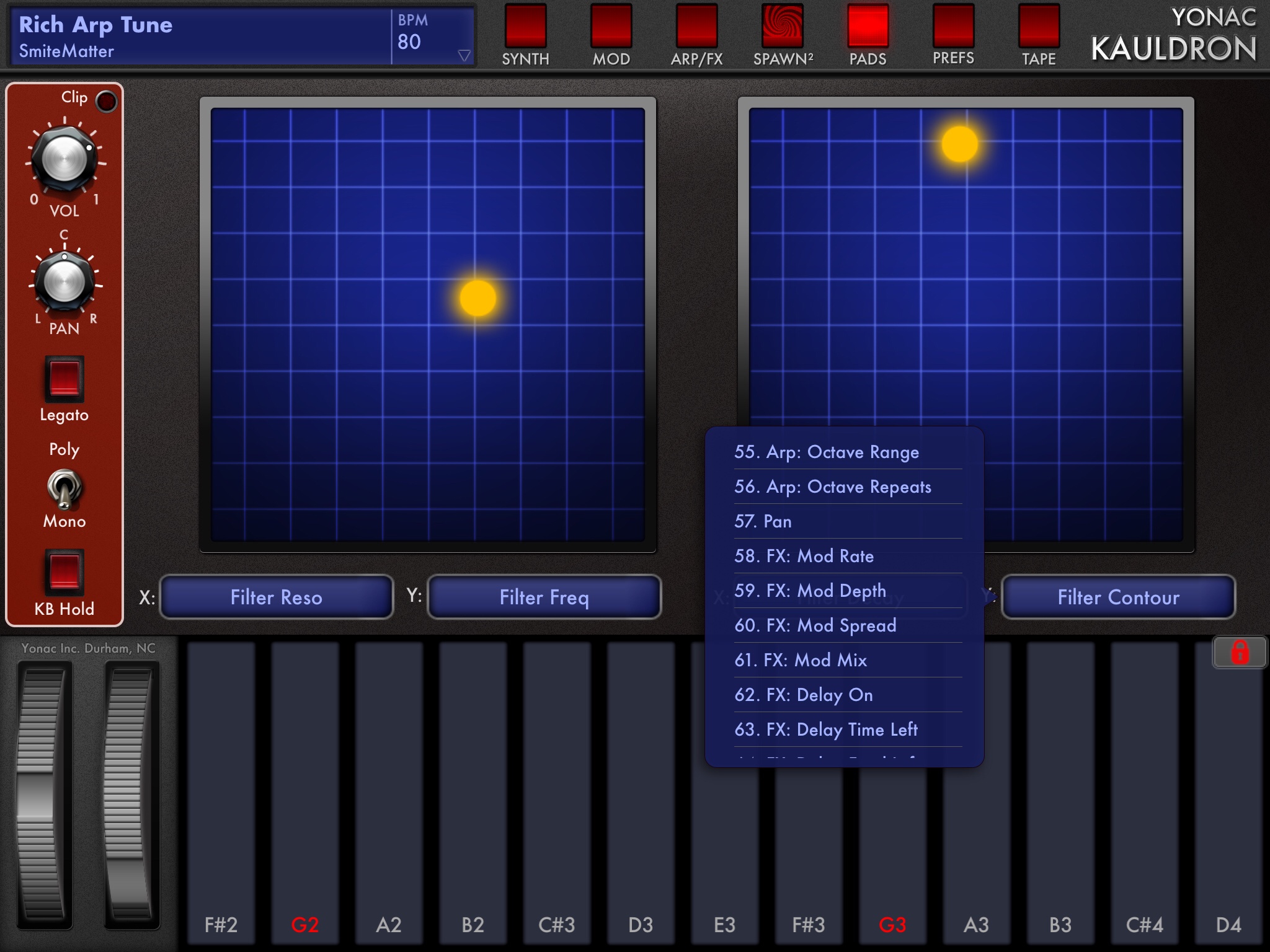

 I saved my favorite feature for last. The “SPAWN2” or randomizer. SPAWN turned heads first in Magellan with its amazing ability to make usable new sounds more often than not. SPAWN2 is a massive improvement!
I saved my favorite feature for last. The “SPAWN2” or randomizer. SPAWN turned heads first in Magellan with its amazing ability to make usable new sounds more often than not. SPAWN2 is a massive improvement! 
